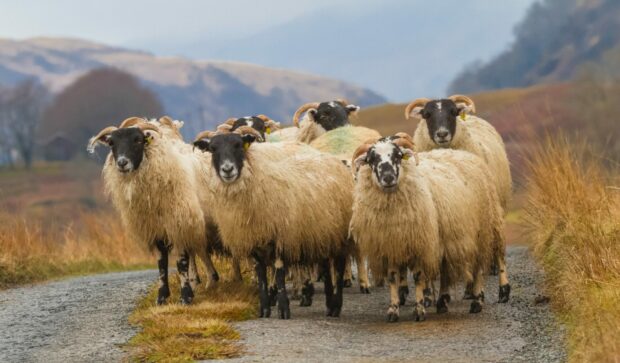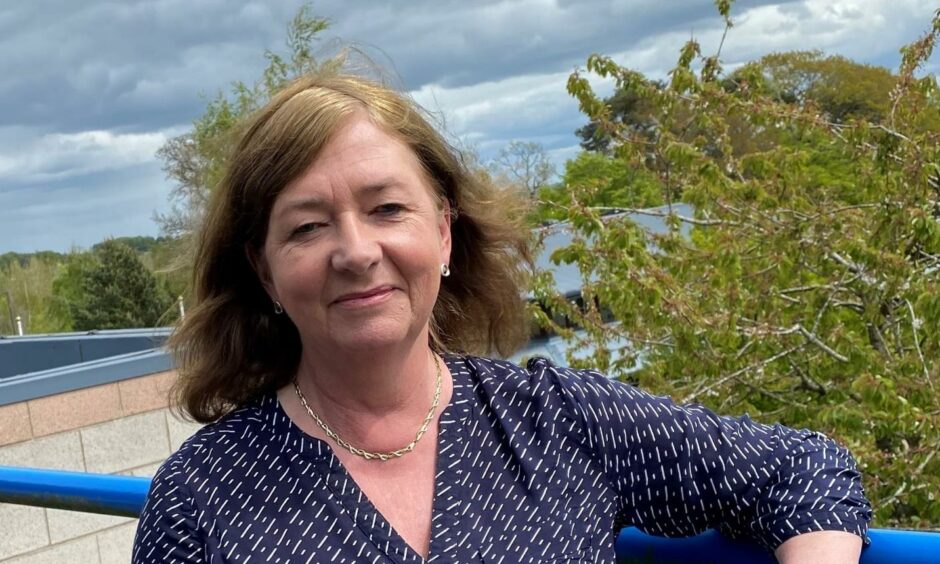Measures encouraging farmers to improve animal health should form part of future farm policy and the requirements for receiving subsidy support in Scotland.
That was the message from the scientific director of Scottish livestock research body, the Moredun Research Institute.
Professor Julie Fitzpatrick told a virtual press briefing that the institute believed improvements to animal health would boost productivity on farms, and in turn reduce their greenhouse gas emissions.
Prof Fitzpatrick, who was appointed Chief Scientific Advisor for Scotland in June, called for the creation of regional animal health improvement hubs but said a “carrot, rather than stick approach” would be needed and farmers should not be tied to specific targets.
“If it’s tied down in farm support one would expect targets but to me the target would be getting the involvement and engagement [from farmers],” said Prof Fitzpatrick.
She said loss of production was a key cause of greenhouse gas emissions on livestock farms and endemic diseases – such as mastitis, pneumonia and lameness – accounted for 20% of losses in productivity.
To tackle this, Prof Fitzpatrick said establishing baseline data on animal health would be a starting point for any future schemes.
“Data collation could form part of a national livestock health surveillance scheme, as well as being used to monitor production efficiency improvements and usage of antimicrobials and other veterinary medicines with potential environmental impacts,” added Prof Fitzpatrick.
“Farmers taking part in such a scheme would need to sign up for this, possibly as one of a number of farm support options aimed at promoting on-farm efficiency improvements and other environmental benefits.”
She said the proposed scheme would require participant farmers to attend livestock information hubs for knowledge exchange and benchmarking with other local farmers.
Thereafter, farmers would be required to adopt any relevant improvements on their farms and then collate more data to assess whether the measures had been successful.
“Farming support could be targeted to attendance at knowledge exchange meetings and adoption of new approaches rather than being tied too specifically to results and targets,” said Prof Fitzpatrick.
“The aim is to encourage and reward adoption of best practice. Those farmers who choose not to take up these opportunities are unlikely to be able to maintain their businesses once farm support is reduced or withdrawn sometime in the future.”

